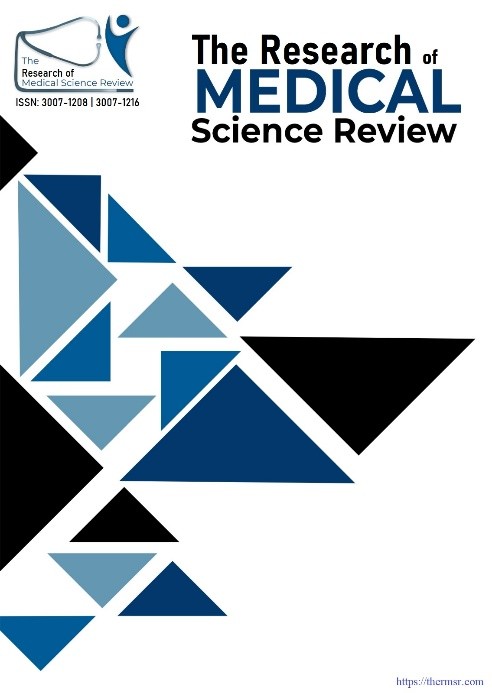VALIDATION OF THE ARISCAT SCORE FOR PREDICTING POSTOPERATIVE PULMONARY COMPLICATIONS IN PATIENTS WITH CHRONIC RESPIRATORY DISEASES: A TERTIARY CARE CENTER EXPERIENCE FROM PAKISTAN
Main Article Content
Abstract
Background: Postoperative pulmonary complications (PPCs) contribute substantially to perioperative morbidity in patients with chronic respiratory disease. This study evaluated the frequency, risk factors, and predictive value of the ARISCAT score in high-risk populations,
Methods: A prospective observational study was conducted from September 2023 to September 2024 at Aga Khan University Hospital in Karachi, Pakistan. Adult patients undergoing perioperative pulmonary consultation for non-cardiothoracic surgery were enrolled. Data on demographics, comorbidities, spirometry, chest radiographs, surgical procedure details, and ARISCAT scores were collected. PPCs were defined using European Perioperative Clinical Outcome criteria.
Results: Among 140 patients (median age 65 years, 65.7% female), PPCs occurred in 25.7%. The rate was higher in COPD (38.6%) compared with non-COPD patients (p = 0.031), while asthma patients had a PPC rate of 24.4% (p = 0.976). Active smokers had significantly higher PPC rates (52.6%) than former (33.3%) or never smokers (19.4%) (p = 0.007). No significant association was found between PPCs and preoperative steroid use, abnormal chest radiographs, or spirometry (FEV₁ % predicted). Significant predictors on univariate analysis included COPD, active smoking, lower preoperative SpO₂, and prolonged surgery. The ARISCAT score demonstrated good discrimination with AUC 0.730 (95% CI 0.633–0.826),and PPC rates of 64.0%, 24.6%, and 6.5% in high-, intermediate-, and low-risk categories, respectively.
Conclusions: PPC risk was significantly higher in COPD patients and active smokers. Preoperative steroid use, abnormal chest radiographs, and spirometry were not predictive. The ARISCAT score effectively stratified risk and may aid targeted perioperative optimization.
Downloads
Article Details
Section

This work is licensed under a Creative Commons Attribution-NonCommercial-NoDerivatives 4.0 International License.
